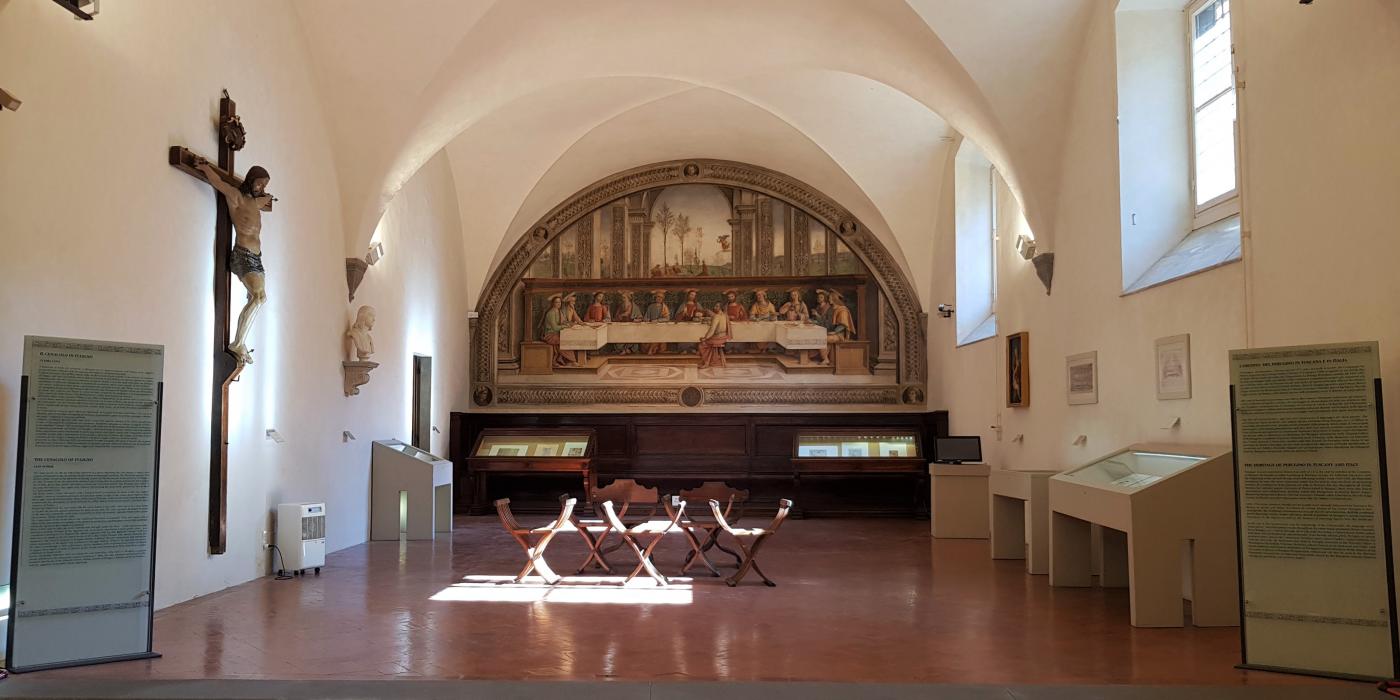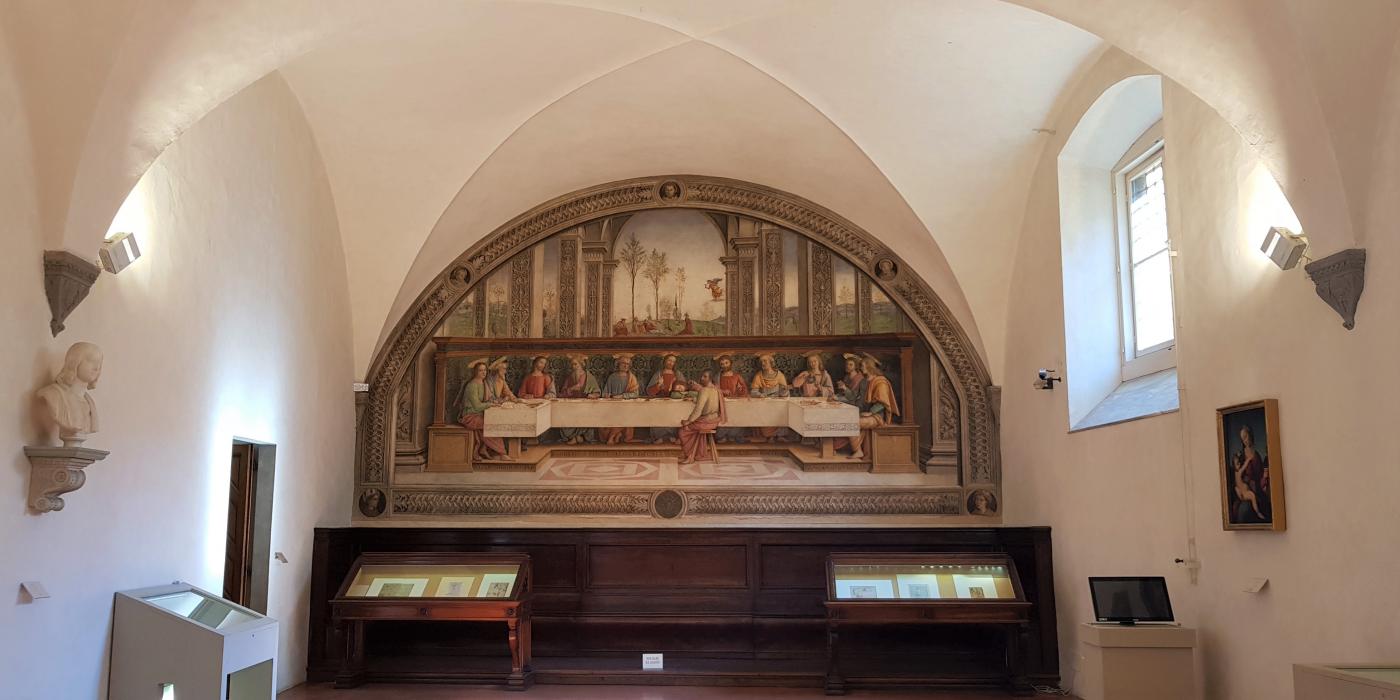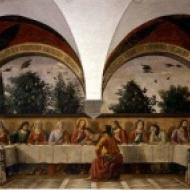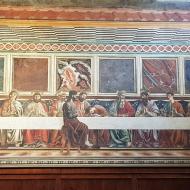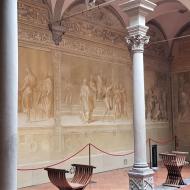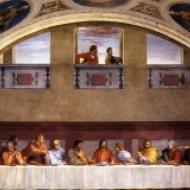Cenacolo del Fuligno
The Refectory built during the early 4th century and then restructured around 1430, was the monumental refectory of the convent of the Franciscan Third Order of the Blessed Angelina of Foligno, from which the complex takes its name...
Cenacolo del Fuligno
The Refectory built during the early 4th century and then restructured around 1430, was the monumental refectory of the convent of the Franciscan Third Order of the Blessed Angelina of Foligno, from which the complex takes its name...
Cenacolo del Fuligno
The Refectory built during the early 4th century and then restructured around 1430, was the monumental refectory of the convent of the Franciscan Third Order of the Blessed Angelina of Foligno, from which the complex takes its name...
Cenacolo del Fuligno
The Refectory built during the early 4th century and then restructured around 1430, was the monumental refectory of the convent of the Franciscan Third Order of the Blessed Angelina of Foligno, from which the complex takes its name...
Cenacolo del Fuligno
The Refectory built during the early 4th century and then restructured around 1430, was the monumental refectory of the convent of the Franciscan Third Order of the Blessed Angelina of Foligno, from which the complex takes its name...
Cenacolo del Fuligno
The Refectory built during the early 4th century and then restructured around 1430, was the monumental refectory of the convent of the Franciscan Third Order of the Blessed Angelina of Foligno, from which the complex takes its name...
❮
❯
The Refectory built during the early 4th century and then restructured around 1430, was the monumental refectory of the convent of the Franciscan Third Order of the Blessed Angelina of Foligno, from which the complex takes its name. Inside, on the back wall of the hall, there is the fresco of the Last Supper painted by Pietro Perugino in the last decade of the 5th century. The fine work represents a horseshoe table where Jesus and the apostles are sitting, except for Judas who sits on the other side of the table, depicted from behind while turning towards the spectator. The inscriptions on the wood step at the bases of the table indicate the names of the apostles. At the shoulders of the fresco of the Last Supper, Perugino painted a vast gallery inscribed in the royal architecture of the refectory, which opens the depiction of a natural landscape in the background, where the scene of the Orazione nell'Orto del Getsemani (Agony in the garden), is set.



